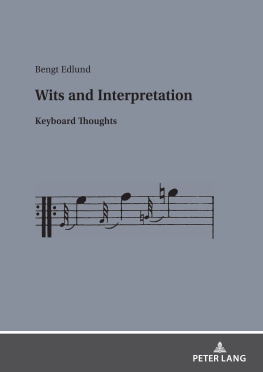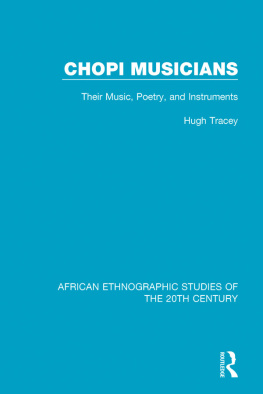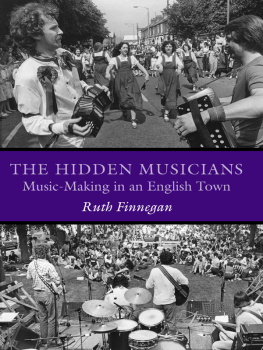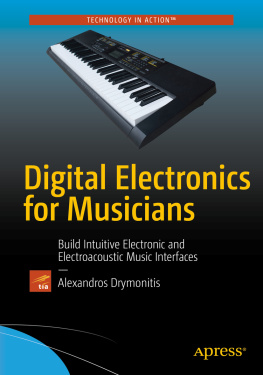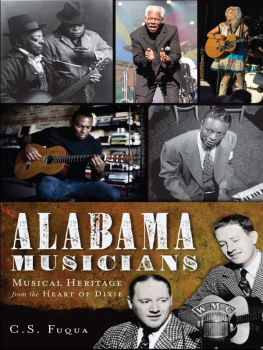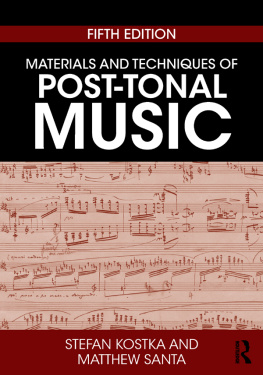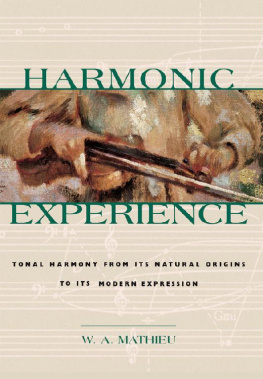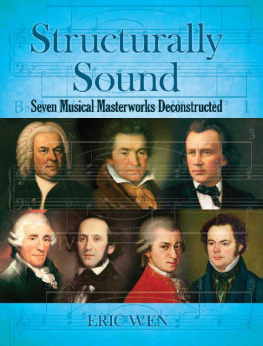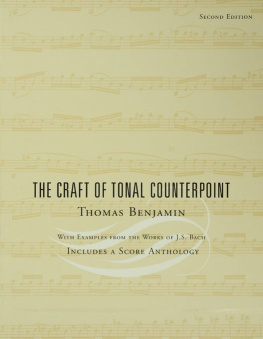In what ways can analytic reflection be of avail when engaging in music as a musician? What restrictions of the interpreters freedom do musical scores impose? Which licences do musicians in fact allow themselves? Can hierarchical tonal analysis really guide musicians towards artistically rewarding interpretations? Or is perhaps a painstaking and sensitive study of the musical details, revealing continuous pro-cesses, a more productive path to telling performances? Throughout the book, the views and discussions are amplified by music examples.
This eBook can be cited
This edition of the eBook can be cited. To enable this we have marked the start and end of a page. In cases where a word straddles a page break, the marker is placed inside the word at exactly the same position as in the physical book. This means that occasionally a word might be bifurcated by this marker.
4 | 5
Table of contents
5 | 6 6 | 7 7 | 8 8 | 9 9 | 10 10 | 11 11 | 12
12 | 13
Music cannot be the art of sound unless someone plays or sings it, and this applies even when we read a score. Notated music bears the implicit demand that it must be performed, audibly or silently, and this in turn means that someone has to understand, to interpret, what is written. No matter whether we contribute to our musical culture as listeners or as musicians, interpretation emerges as a core activity, engaging a wide range of cognitive abilities our intuition as well as our wits.
The sixteen texts presented in this book do not make up a whole, but there is a common thread leading from philosophical issues via music analysis to artistic decision-making. Some of the essays take up a critical standpoint, and some proposals may appear controversial. The music to be discussed is piano music since this is a domain of which the author may claim to have hands-on knowledge, but most of the thoughts are valid beyond the keyboard.
Adopting the musicians point of view, the first essay makes up a contribution to musical ontology while the following one discusses the prerogatives of the composer and the duties of the musician. The next three texts present various aspects of the musicians freedom vis--vis the score.
Then follows two excursions dealing with two fundamental conditions of music making: the way you feel the music with your body, and how you hear it.
It is often held that tonal reduction is of great value when it comes to interpretation. Four Schenkerian analyses are subjected to critical scrutiny, and the outcomes indicate that this view is contestable. There are other, less theoretically committed approaches that emerge as more productive if you want to probe into a piece of music.
It seems that a core aspect of interpretation is to find out how the music continues from moment to moment. This approach to analysis, opening up for a sharpened sensitivity to musical change and for the inclusion of elements of human import, is applied to three works.
The two final texts are case studies, showing how analytic observations of various kinds may lead to insights of relevance for interpretation.
I wish to express my gratitude to Sten K. Johnssons stiftelse which has generously supported the printing of this book.
Lund, 19 August, 2022
Bengt Edlund
<046.131466be@gmail.com>
13 | 14
14 | 15
According to a widely held view in 20th-Century aesthetics, a music work is equivalent to the performances that conform to a certain score. And this notion complies with at least three requirements of a satisfactory ontology of the music work, or so it seems.
Thus, although a Beethoven manuscript would command a very high price, it is not very interesting as a unique physical object from a musical point of view. It may of course be valuable for collectors or have affection value, and it is indispensable as a source, but unlike, say, a van Gogh painting it has no value that any uncorrupted copy of it does not have as well. Beethoven scores in general, on the other hand, are musically crucial because they are records of compositions, and because they may give rise to performances.
The association between a score and its performances means that the focus of the ontology is transferred from signs on paper to the domain of sound events. This is certainly a step in the right direction since (leaving some varieties of esoteric music out of account) an association with sound appears to be necessary.
Finally and perhaps most importantly, the reference to the class of conformant performances amounts to acknowledging, albeit by implication, the need in 15 | 16 music ontology to take account of interpretation. A music work must have some musical properties, but scores, unless they are somehow interpreted, are devoid of such qualities.
Nevertheless, the current idea of the ontology of the music work is deeply problematic.
It seems that an unreasonably heavy burden is placed on notation when it is both used to secure the correspondence between a score and its performances, and to guarantee the identity between the members of the class of performances that are to constitute a certain music work. On closer consideration it appears that this kind of ontology entails some serious mistakes as regards the purpose and nature of musical notation.
Furthermore, whether due to a fear of getting too involved in mental issues or to ambitions to provide a water-tight argumentation, the musical properties that are actually allowed to enter into the interpretation process, and thus are included into the performances making up the music work, are quite restricted. And this restraint turns out to be well-advised, indeed necessary, since if interpretation in the current and quite comprehensive musical sense were allowed, the identity between the performances constituting the music work would be at risk. The reluctance to open Pandoras box indicates that the notion of identity used when construing the ontology of the music work is unduly impoverished from a musical point of view. It seems that we are dealing with the identification of the work involved, rather than with its identity.

